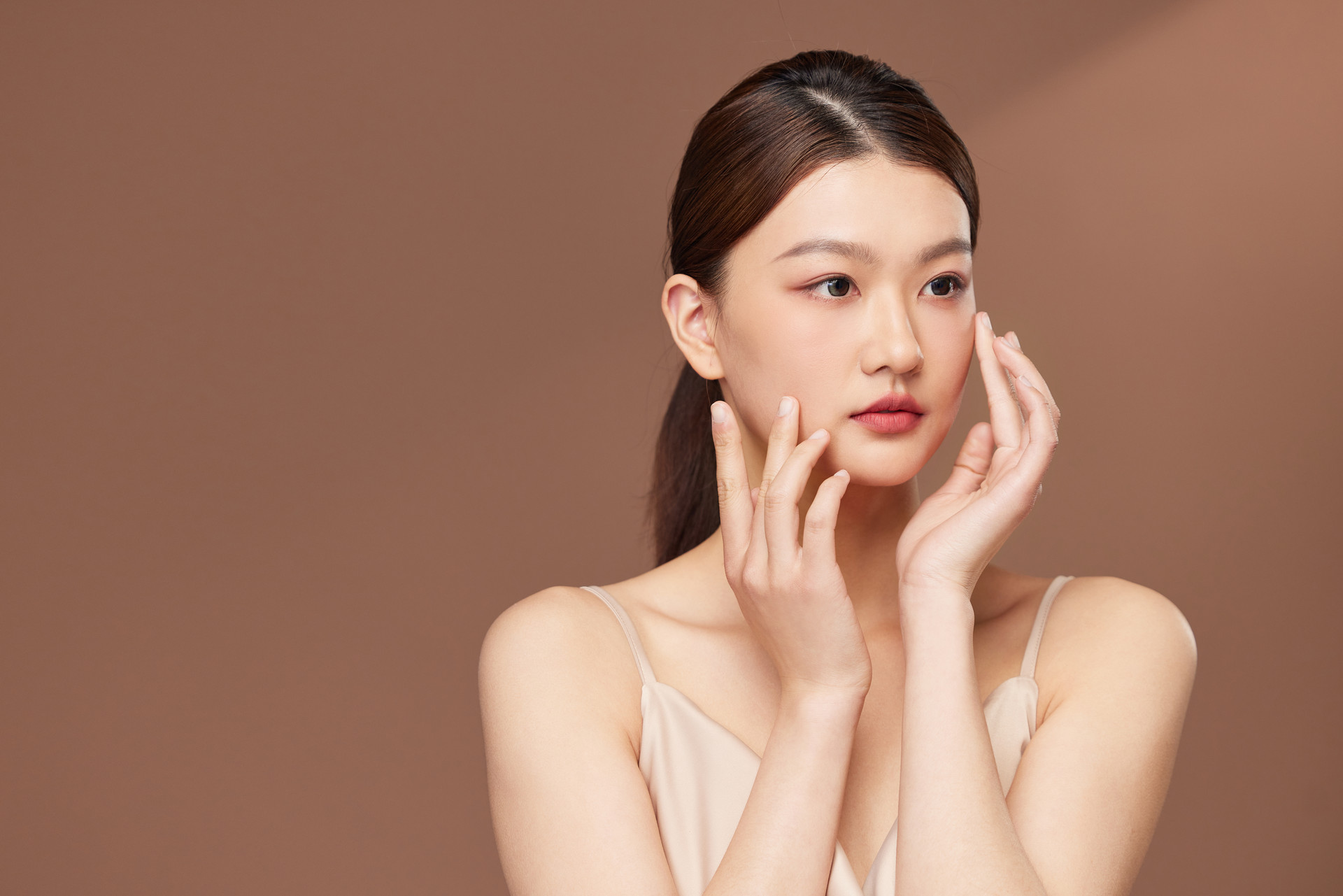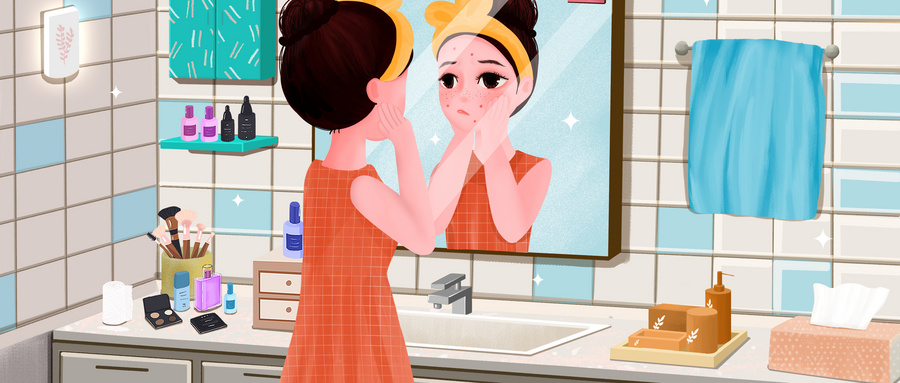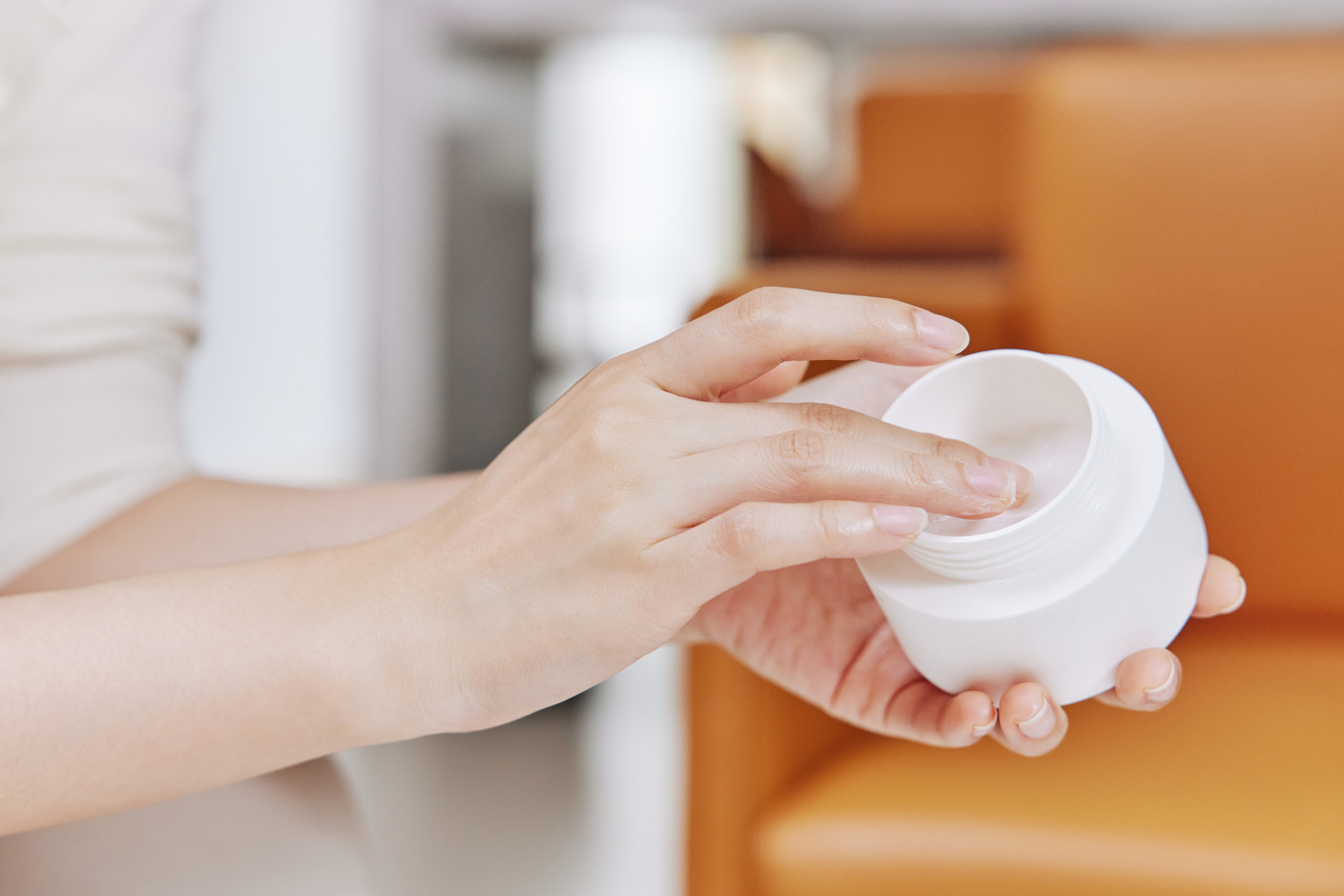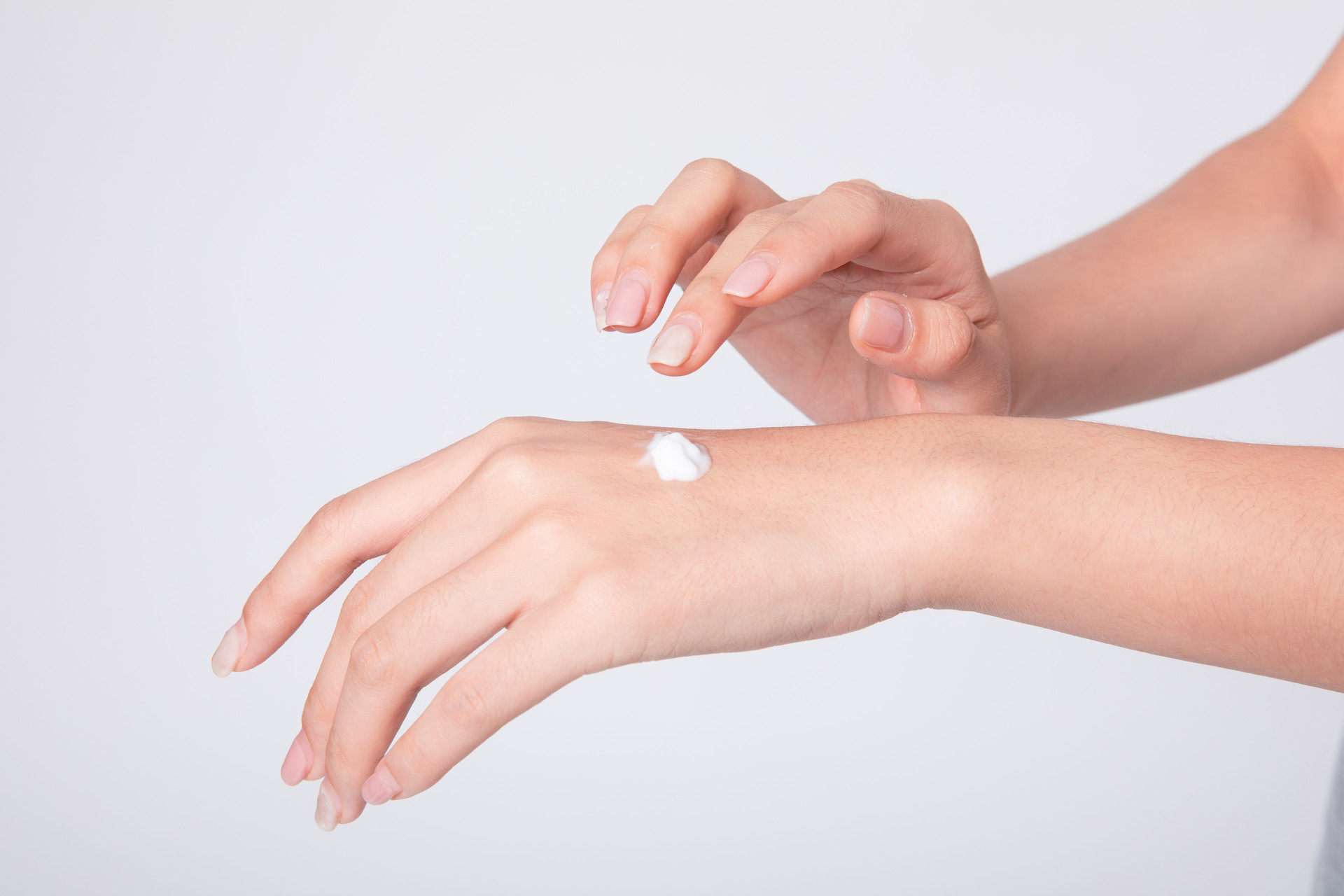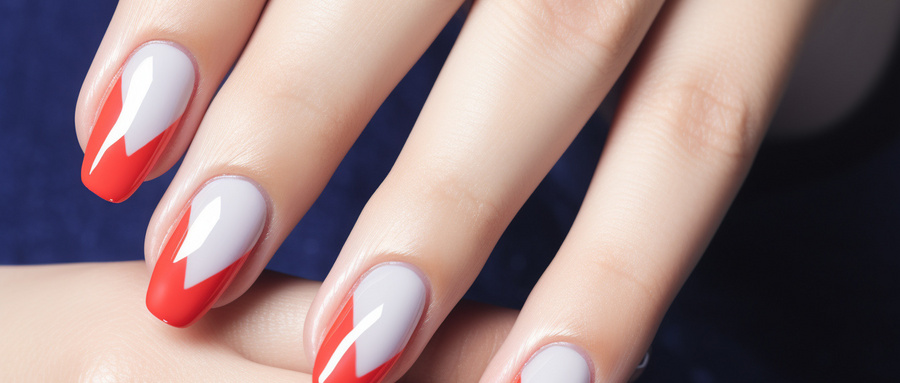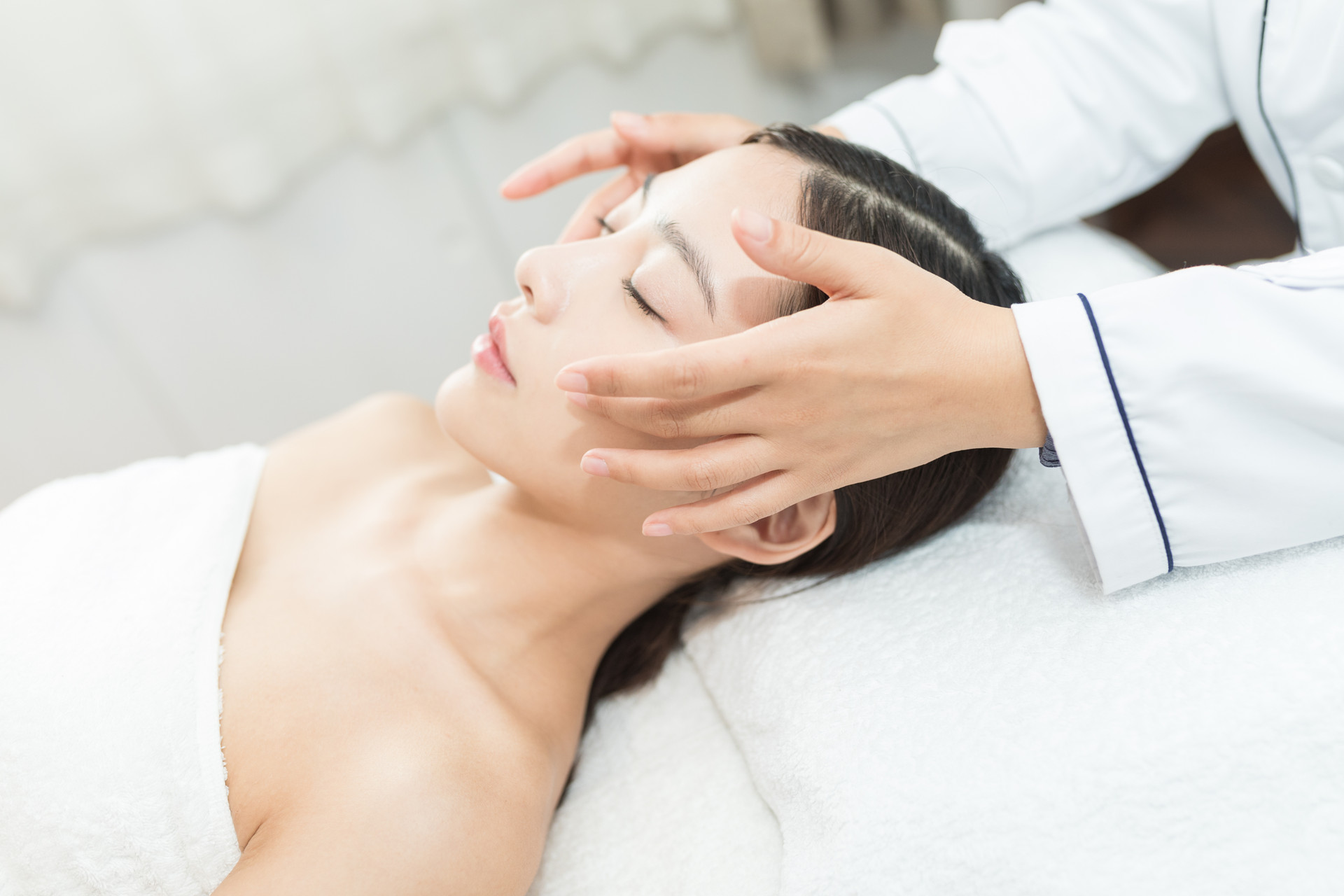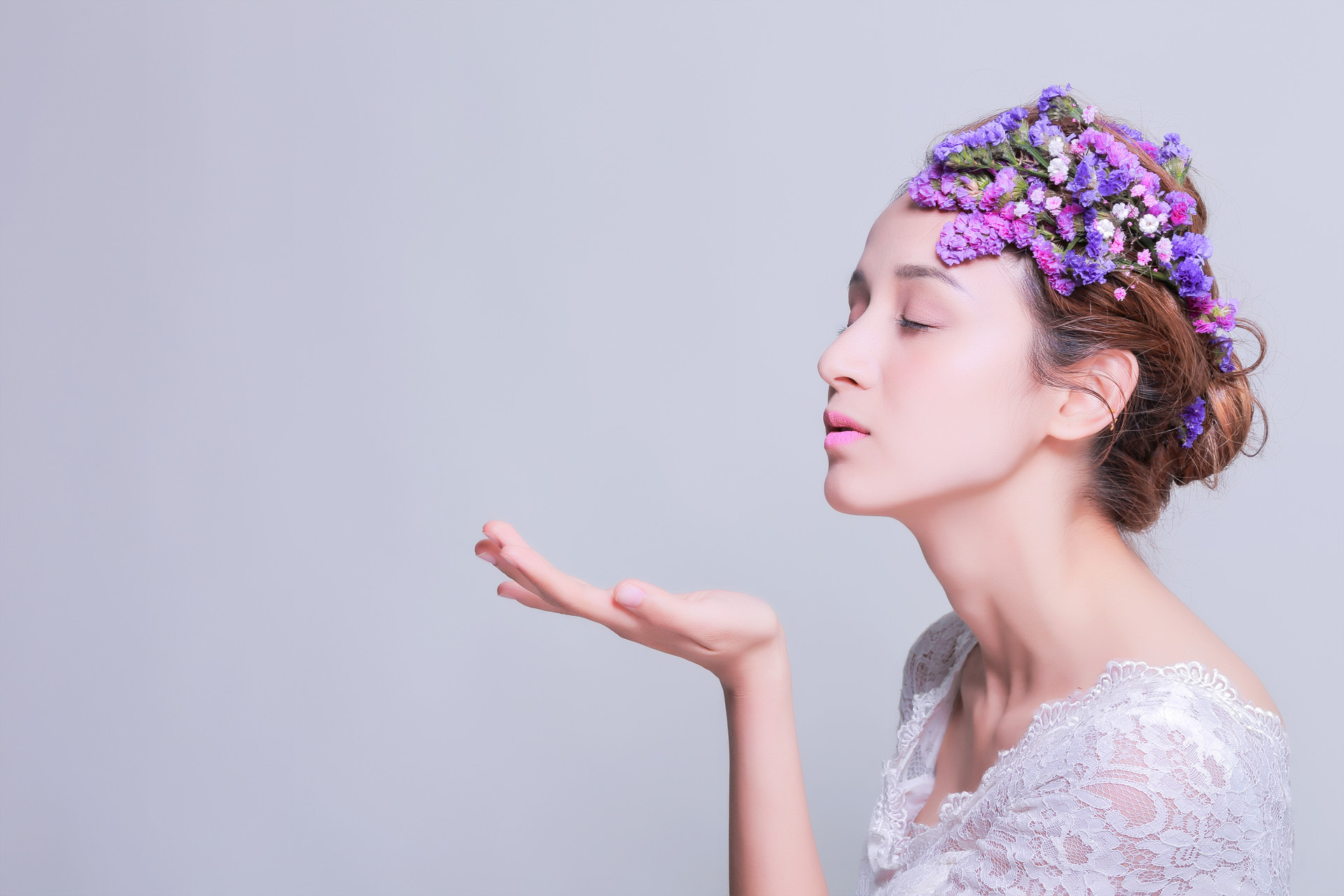The classic Chinese ophthalmology text "Shenshi Yaohan" states, "Internally, a clear mind and few desires; externally, cherish your vision and protect your eyes. When the mind is clear, the fire is extinguished; with few desires, water is produced; cherishing your vision prevents eye strain; protecting the brightness of the eyes ensures constant nourishment. With the absence of diseases in the organs, eye ailments do not arise. What eye disorders would there be?"
In order for our eyes to function properly, they rely on the energy supplied by the organs in our body. According to traditional Chinese medicine, the essence and energy from the five viscera and six bowels ascend to the eyes, and it is through the nourishment of blood that the eyes are able to see. Among them, liver blood and kidney essence are the most important. The eyes are an organ that consumes energy in the body, so traditional Chinese medicine warns against excessive eye strain, as it depletes essence.
When we experience symptoms such as dryness, inability to endure prolonged visual tasks, tearing in windy conditions, and blurred vision, it is a warning sign that our body is deficient in essence and blood, and is unable to nourish the eyes. It may also indicate blockages in the channels and meridians, preventing the flow of essence and blood to the eyes. Common eye diseases include dry eye syndrome, eye fatigue, tearing in windy conditions, and cataracts.
Dry eye syndrome and eye fatigue are common eye problems in young people and office workers. The main symptoms include dryness, foreign body sensation, burning sensation, needle-like pain, inability to endure prolonged visual tasks, preference for closing the eyes, light sensitivity, redness, itching, tearing, blurred vision, and fluctuating vision. Tearing in windy conditions and cataracts are more common in middle-aged and elderly people. The former is characterized by tears flowing uncontrollably when exposed to wind, leading to blurred vision; the latter is characterized by blurred vision, even with the use of glasses.
If you experience any of the above symptoms, it is recommended to seek relevant eye examinations at the ophthalmology department of a hospital. Once diagnosed with dry eye syndrome or eye fatigue, artificial tears can be used to alleviate the symptoms. For those with tearing in windy conditions, tear duct flushing and other eye examinations should be conducted to exclude organic diseases. Early-stage cataract patients can undergo conservative treatment to preserve existing visual function. However, if it begins to affect daily life and work, surgery may be necessary.
Whether it is dry eye syndrome, eye fatigue, tearing in windy conditions, or early-stage cataracts, the treatment should focus on "three parts treatment, seven parts nourishment". Here are some specific methods of eye care that may be helpful to you.
Daily Eye Protection
1. Develop good eye habits: Maintain good posture, keep your shoulders straight, and maintain an appropriate distance when viewing. Reduce the amount of time spent looking at mobile phones, computers, televisions, movies, and other video terminals. The viewing angle should be lower than the horizontal plane of the eyes, and each session should not exceed 40 minutes. During viewing, consciously blink periodically. Patients with severe eye diseases should not exceed 30 minutes of viewing, and it is recommended to listen while watching or minimize visual activities.
2. Exercise the muscles of the neck and shoulders, engage in regular physical exercise, and spend at least 1 hour outdoors every day, preferably 2 hours.
3. Take breaks during work or study to relax mentally and close your eyes to rest. Maintain a relaxed and pleasant mood.
4. Avoid staying up late and get enough rest. Moderate sexual activity.
5. Quit smoking and limit alcohol consumption. Avoid spicy, stimulating, cold, and cool foods.
6. Reduce or avoid dry environments (such as air conditioning).
7. Women should avoid heavy eye makeup.
8. Patients with eye inflammation should avoid wearing contact lenses.
9. For those with tearing in windy conditions, when washing the face or massaging the face, the direction of the towel or hand passing over the eyes should be from bottom to top, not top to bottom.
Pressure on Zhaohai Point and Shenmai Point
The Yin Qiao Mai and Yang Qiao Mai have the function of nourishing the eyes, controlling the opening and closing of the eyelids, and regulating lower limb movement. The Yang Qiao Mai starts at the outer side of the heel and goes up to the bladder meridian Shenmai Point, while the Yin Qiao Mai starts at the inner side of the heel and goes up to the kidney meridian Zhaohai Point. Therefore, stimulating these two acupoints can help nourish the eyes with Qi and blood.
Zhaohai Point is located on the inner side of the foot, below the tip of the medial malleolus. Shenmai Point is located directly below the lateral malleolus, in a depression on the upper edge of the peroneus longus tendon.
Specific method: After washing your feet at night and before getting up in the morning, use your thumb and middle finger (or index finger) to press and massage these two points for 3 to 5 minutes, until you feel a slight soreness. This can help open up the channels and meridians in the body, allowing the essence and blood to flow to the eyes.
Active Movement of Houxi Point
Houxi Point is located on the outer side of the fifth metacarpophalangeal joint, at the junction of the red and white flesh on the transverse crease of the palm. It is a "transportation point" of the hand taiyang small intestine meridian and one of the "confluence points of the eight meridians". It connects to the Du meridian and can clear heart fire, invigorate yang qi, regulate the cervical spine, improve vision, and correct the spine. Although it may seem insignificant, it is very effective in treating diseases of the cervical spine, lumbar spine, and eyes.
Every hour, place the backs of your hands with the Houxi Point on the edge of the table and move them back and forth for 3 to 5 minutes. This can help relieve and regulate the adverse effects of long-term desk work and computer use.
Local Hot Compress
Apply a hot towel to the eyes or use the palms of your hands to warm and cover the entire eye sockets. Repeat this 3 times a day, each time for 3 to 5 minutes. This can help stimulate the Jingming Point, Chengqi Point, and Tongziliao Point, which are important acupoints for eye health, and promote blood circulation and relaxation in the eyes.


